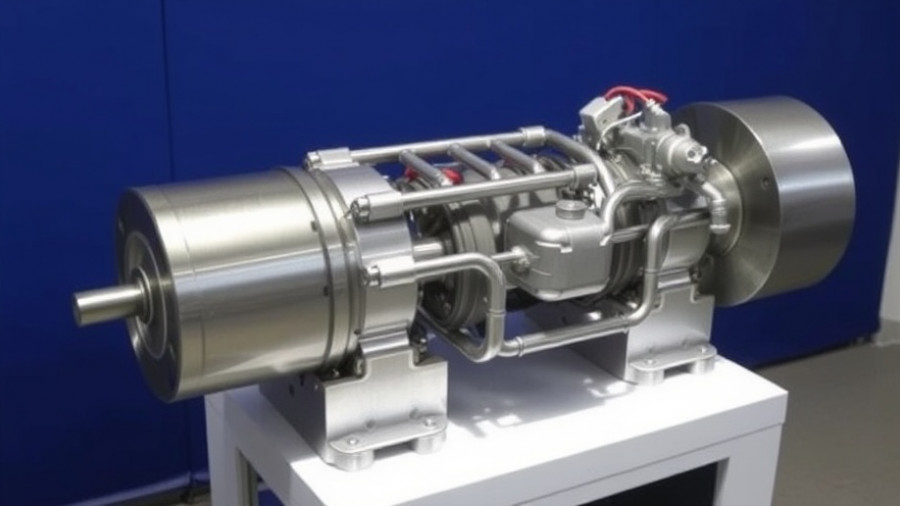
The Next Generation of Electric Motors: YASA’s Remarkable Innovation
In the ever-evolving landscape of electric vehicle (EV) technology, YASA has set a new standard with their latest axial flux electric motor that weighs in at just 28 pounds yet packs an astonishing punch of over 1000 horsepower. This staggering combination of lightness and power marks a significant milestone in automotive engineering and positions YASA as a formidable player in the competitive EV market.
Understanding Axial Flux Technology
Unlike traditional radial flux motors, which are commonly used in most electric vehicles today, YASA’s axial flux motors feature a design where the rotor spins parallel to the stator rather than inside it. This allows for a larger rotor diameter, increasing torque and efficiency while reducing weight. Compared to radial motors, axial flux designs can achieve two to four times the torque output, making them incredibly powerful while being lighter and slimmer.
A Leap Forward in Energy Density
YASA's innovative motor design achieves a world-record energy density of 59 kW per kilogram. This new version is not just an improvement over their previous models but a groundbreaking advancement in power-to-weight ratio, which is particularly vital for high-performance electric vehicles. The continuous power rating of the motor is estimated to be between 350 kW to 400 kW, translating to an impressive efficiency that promises to enhance the driving range of future EVs significantly. This achievement underscores the company’s commitment to harnessing engineering excellence in creating practical and efficient electric propulsion systems.
How This Motor Will Change the Automotive Landscape
The application of YASA’s axial flux motors is set to transform the automotive landscape—particularly as vehicle manufacturers look to shift towards lighter and more efficient electric powertrains. Companies like Mercedes, Ferrari, and Koenigsegg are already integrating YASA's technologies into their high-performance models, and as production scales up, this innovative motor could eventually be used in more mainstream models.
The Future of Electric Propulsion
With the emergence of YASA’s axial flux technology, electric vehicles are poised for a significant evolution, improving not only performance but also unlocking new possibilities for vehicle design. For example, the compact form factor of these motors allows for innovative drivetrain layouts, enabling engineers to rethink vehicle architecture entirely. The vision of a powerful driving experience coupled with extended range suddenly seems much more achievable, bringing us closer to a future where EVs could soon dominate the market.
Rethinking Supply Chains with No Rare Earth Materials
One of the most significant factors enhancing the appeal of YASA motors is their technological design, which does not rely on rare earth materials—an aspect that mitigates dependence on the fluctuating supply chain issues surrounding these critical components. This strategic advantage places YASA at the forefront of sustainable electric motor production, aligning well with the increasing demand for environmentally friendly technologies.
What This Means for Consumers
For consumers, YASA’s breakthrough signifies the onset of high-performing electric vehicles that are lighter, faster, and more efficient. As the technology matures, we can anticipate a range of affordable options integrating this axial flux design, similar to what happened with solar technologies and smartphones over the last decade as they transitioned from luxury items to everyday essentials.
Electric vehicle enthusiasts and potential buyers are encouraged to keep an eye on developments at YASA and other companies adopting similar technologies, as the future of clean transportation looks brighter than ever. Prepare for an exhilarating journey where performance and sustainability go hand in hand—an adventure that’s just about to take off!
 Add Row
Add Row  Add
Add 




Write A Comment